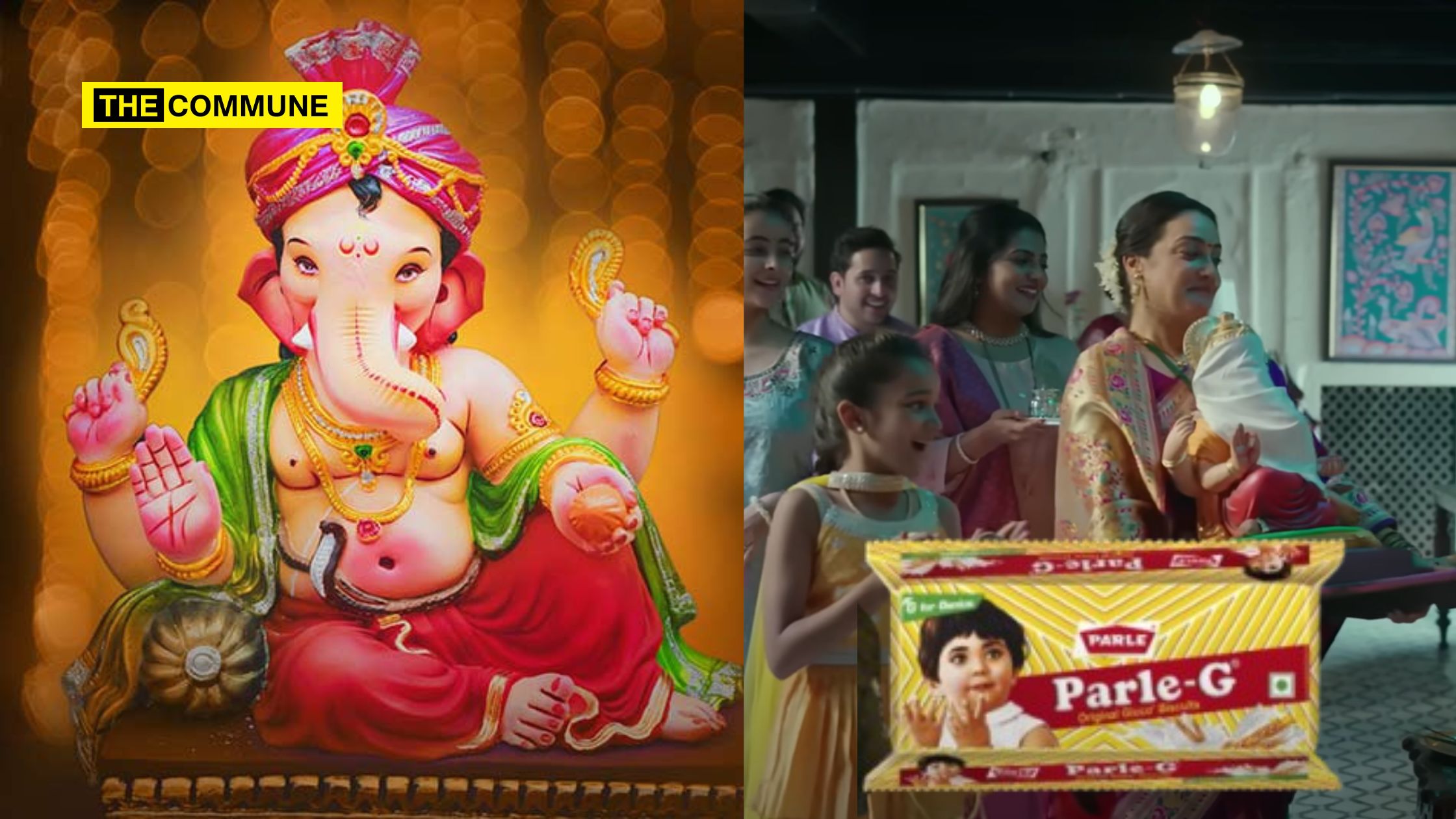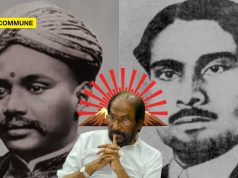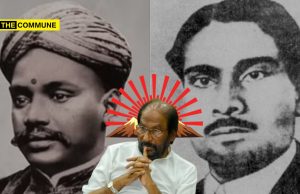
Parle-G‘s Ganesh Chaturthi ad sparked outrage among Hindu devotees online for misguided attempts to “reform” traditional practices. The advertisement falsely claims that women are prohibited from bringing Ganpati Bappa home.
Netizens argue that the ad’s attempt to present Hindu traditions as regressive and misogynistic is a deliberate insult that undermines the rich and inclusive heritage of Hinduism. As the backlash intensifies, Parle-G and the ad agency behind the Ganesh Chaturthi campaign face calls for a public apology and a commitment to respecting Hindu traditions.
Selective Target On Hindus By Self-Appointed Reformists
Hindu festivals are always the target of virtue-signalling leftists and businesses. Earlier, they were Holi, Deepavali, Karwa Chauth, and Raksha Bandhan (to name a few). Now, Ganesh Chaturthi, or Ganeshotsav, as it is commonly known, has become the target.
In what they call a “genius take” on the festival, Parle-G, the biscuit brand, recently released a Ganesh Chaturthi video advertisement.
Created by Thought Blurb Communications, the ad allegedly seeks to explore tradition and gender dynamics within the context of this much-loved festival. The film, conceptualized primarily in Marathi, was released in four additional languages.
What Is Parle-G’s Ganesh Chaturthi Ad?
The storyline revolves around a young girl who questions a tradition, prompting a “resolution” from a male family member. A Hindu family (visibly Marathi) is seen getting ready to welcome “Bappa” (Lord Ganapati) for Chaturthi. They go to a shop to get a Ganesha murti for home. An elderly man asks, “Who will take Bappa home?” The lady of the house looks for a young man and asks him to carry Bappa home. A little girl is disappointed that she cannot take him home as her mother says the boys must take Bappa home. But the boy asks why his aunt cannot take Bappa home, and the elderly man says it is a tradition for boys to take the deity home alone.
The boy then starts his sermon. He says, “Tell me something, who takes Bappa home after the festival? His mother Gowri. So these ladies are also mothers who are desperately waiting for Bappa to come home. One made modak, one brought the clothes, and someone else saved money for all this. So, this time, Bappa will come home with his mother and also return with his mother.”
But the lady declines it, saying, “Rivaj,” which means custom/tradition. The boy declines her request, saying, “Aunt, we start all good things with Ganesha, so why not start this new custom with Bappa, too?“
What Is The Problem With This Advertisement?
For starters, there is no custom anywhere in Hindu culture that prevents Ganpati from being brought home by men. In states like Maharashtra, where Ganpati/Ganeshotsav is conducted with much pomp and splendour, the men of the house celebrate Ganpati aagaman (arrival). At the same time, the women get ready to welcome the deity home doing the prep work. Another factor to consider is that the idol can be quite heavy, and it might not be possible for the family’s women to carry it all the way; hence, the men of the house are involved in the heavy work. That said, no rule is written in any text that women are not allowed to bring the deity home.
By making videos about non-existent rituals and customs, Parle-G and the ad agency that created this video, ThoughtBlurb, are trying to instigate anti-Hindu sentiments and trying to paint Hindu religion as patriarchial.
Parle-G’s “genius take” campaign is a shoddy job, with both the brand and the ad agency failing to capture the genuine emotions behind the festival. Instead of resonating with the audience, they seem to have focused on generating attention, even at the risk of offending Hindus. They aimed for controversy, relying on the notion that any publicity is good publicity to get their brand noticed.
This poorly executed attempt drew criticism from netizens for a brand with decades of legacy.
Only men can get Ganpati Bappa home 🙄
A pure agenda of showing Hindu dharma as patriarchalThere is no such tradition as shown in this STUPID ad by @officialparleg
Dear Hindus , Do u agree with me ? pic.twitter.com/lPsxmiz1Fk
— Sheetal Chopra 🇮🇳 (@SheetalPronamo) September 3, 2024
This ad is pure bullsh*t I have never heard or seen this. There is no such tradition. Who the fuck greenlights such ads?? @officialparleg https://t.co/4KO8wrW5M2
— T̶h̶a̶t̶High ̶G̶u̶y̶ (@AlreadyTold_U) September 4, 2024
Another Hindu Festival.
Another propaganda.These people have become so predictable that it’s funny now.
Just to educate @officialparleg , here’s the Bappa that my “daughter” made last year 🙏 https://t.co/w8SqQTfgFT pic.twitter.com/4MtYVllqBt
— Anuradha Gupta (@AajKiRadha) September 4, 2024
What the hell is this @officialparleg
Are you out of your mind, who gives you such obnoxious ideas.
I have never heard such theory in my entire life.
You must take this ad back. https://t.co/oOZJzX0NTS— Aditi Dadhich (@AditiDadhich4) September 3, 2024
https://twitter.com/ImRaj_tweets/status/1831184948910518630
Seriously
It's just that tge idol is heavy and the woman in house is busy with other things and eagerly waiting to welcome the ganapati.
Thats It!!
That's the only reason.
Their is nothing "ritualistuc" "patriarchal" about it.
It's just division of chores. https://t.co/unG65tp7jd— 𑀫𑀼𑀕𑁆𑀥𑀸 🚩 (@Joglekar07) September 4, 2024
Subscribe to our Telegram, WhatsApp, and Instagram channels and instantly get the day’s best stories.




